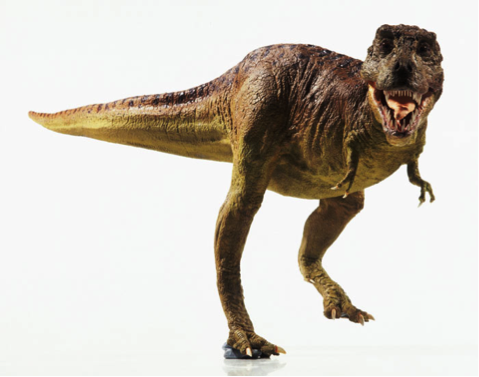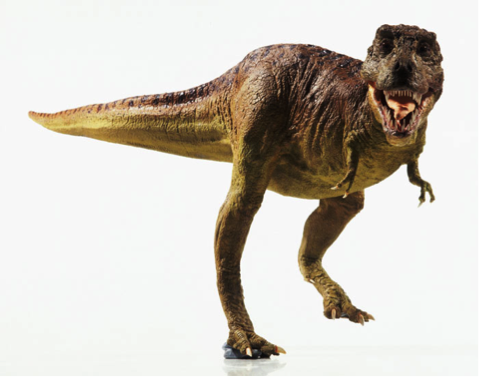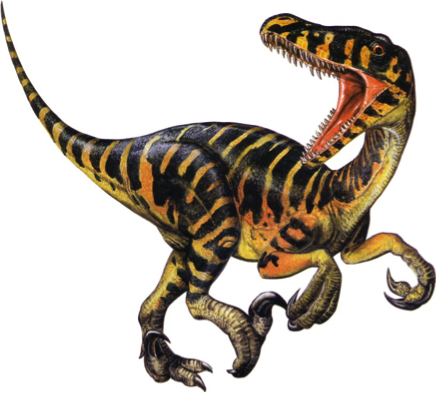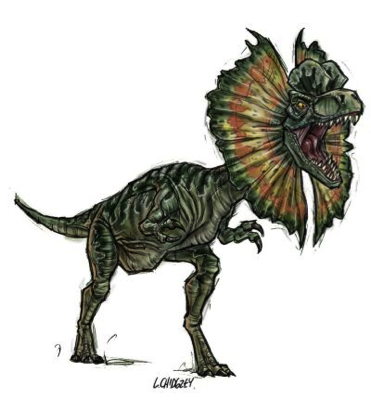Dinosaur Racing

Dinosaur racing to demonstrate the role of HPC in simulation
Location: Edinburgh Parallel Computing Centre (EPCC), Edinburgh, Scotland, UK
Project Abstract:
This project focuses on visualisation used in the configuration and/or representation of a dinosaur simulation. The simulation will run on HECToR, the UK’s national supercomputing service (hosted by EPCC)
What’s faster: a Tyrannosaurus, Velociraptor or Dilophosaurus? Using HPC we can find out by combining paleontology with biology to form a simulation of these ancient creatures. What’s more, this provides an engaging visual demonstration of how HPC can be applied to the sciences which is especially applicable to outreach events such as the British Science Festival. By allowing the public to design and race dinosaurs against each other, we can make a lasting impression about how simulation is the third research methodology, complementing theory and experiment.
The aim of this project is to further develop our prototype dinosaur-racing application. There are two aspects to this software:
1. An existing forward dynamic modelling program known as GaitSym, which is the simulation workhorse. It allows the makeup of a dinosaur’s skeleton, muscles and joints to be specified, and uses Newton’s Laws to calculate the movements that result from these choices. GaitSym already runs on HECToR.
2. A client which allows the public to easily configure and simulate their own dinosaurs, visualising the results of their choices via realtime races. This client is currently very basic and the visualisations provided very simple.
Ideally, dinosaurs would be designed and configured visually. This would be followed by a detailed view of their composition and how they race each other. The visualisation component is the broad context of this project.
The exact specifications of this project are intentionally vague in the expectation that the chosen student would tailor the project to concentrate on specific aspects that suit their abilities and interests. Within the context of an 8-week project we would expect the student to either concentrate on a specific area of visualisation or to adopt a more general approach and look at visualised multiple aspects at a simpler level.

These are the types of static images that are currently in the prototype. We would like to improve and bring these to life which will ignite the public’s imagination and enthusiasm.


Project Mentor: Nick Brown
Site Co-ordinator: Irina Nazarova
Learning Outcomes:
- The exact visualisation route for this project to follow is left intentionally vague so the student can select what interests them. For instance, they could decide to either visualise the dinosaurs using 2d or 3d – and depending exactly what they choose to do will determine what aspect they learn and gain experience in.
- Regardless, the student will be exposed to how HPC is used in simulation and how the results of such are of scientific importance.
Student Prerequisites (Compulsory):
- Programming experience in Java
- Strong programming ability
- Some experience of graphical programming (e.g. Java 2D, OpenGL)
- Willingness to work with an existing code base and flexible enough to use the programming languages and development tools already decided upon.
- Good grasp of spoken English
Student Prerequisites (Desirable):
- Good written English skills
Training Materials:
- Written and technical materials at http://www.animalsimulation.org
- Java 2d tutorials and reference material
- If the student is interested then 3d reference materials such as the Java 3d API.
Project Application Reference: UK- EPCC – Dinosaur Racing
Applications are now closed
